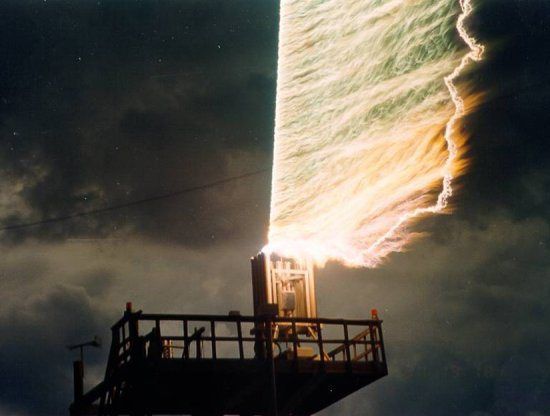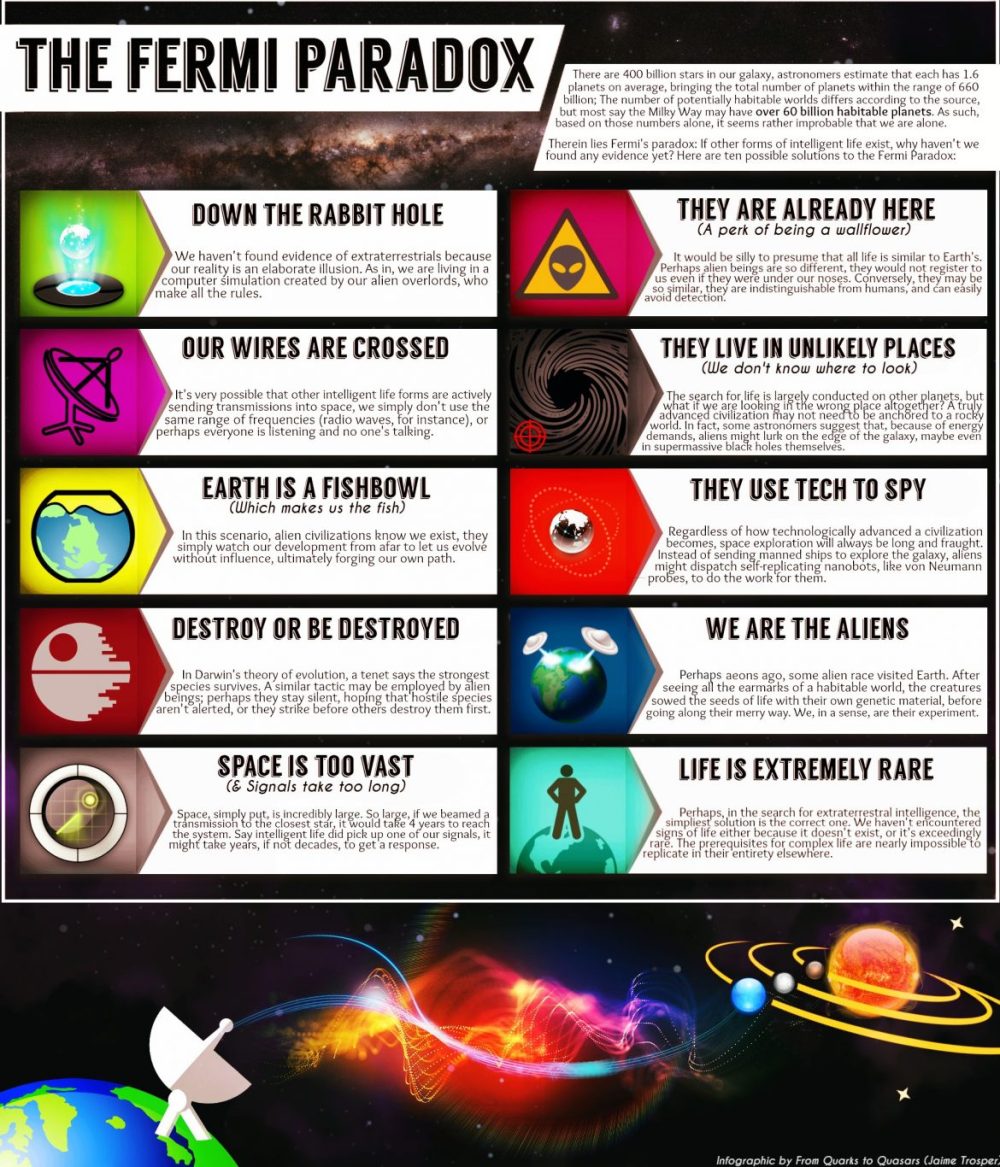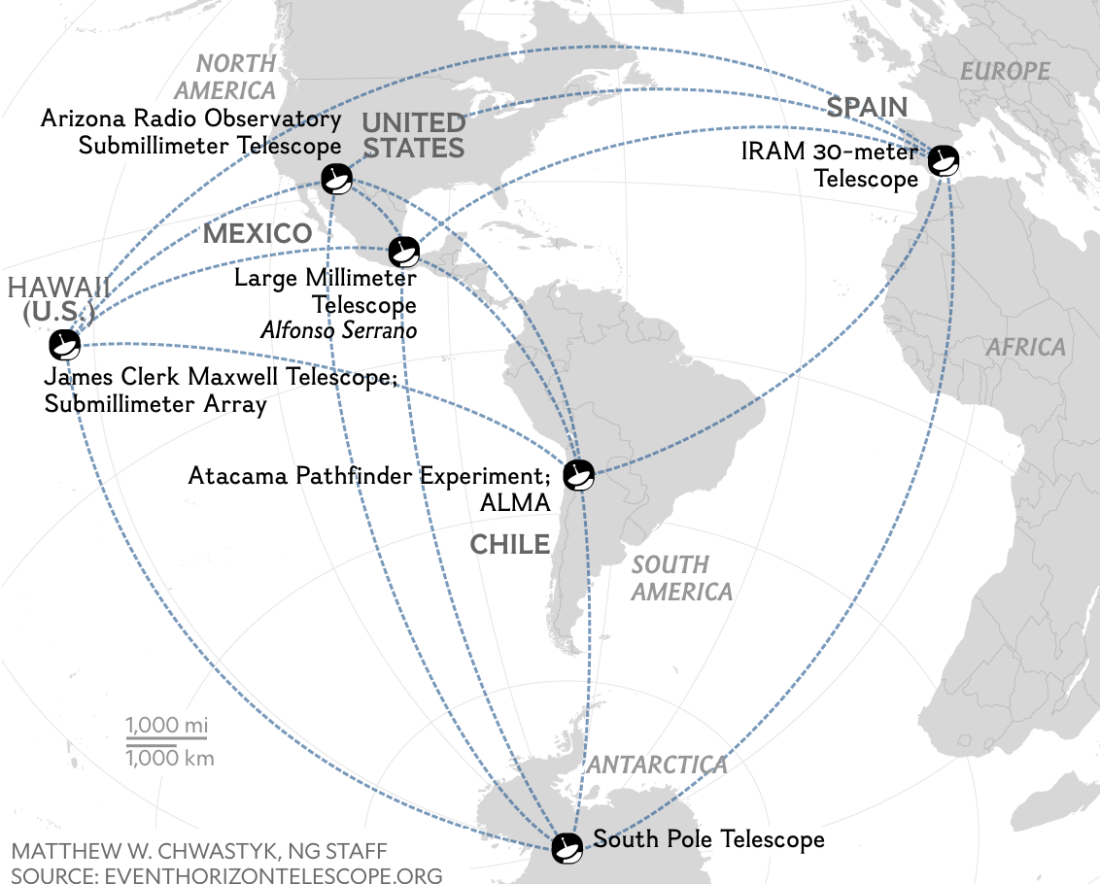
One really cool thing I learned about this semester is a thing called “St. Elmo’s Fire.” (I’m pretty sure the textbook mentions it somewhere, and after stumbling across it I was instantly curious.) So… what is it?
For starters, it definitely does not involve Emilio Estevez or a fuzzy red puppet (or is it muppet?)
Actually, St. Elmo’s Fire is a pretty weird weather occurrence during thunderstorms. The storm is a result of an electric potential difference between the charged particles in the sky and on the ground. This potential difference can cause plasma to flare out from tall objects that are in contact with the Earth’s surface. People most commonly observe this plasma discharge from the masts of ships at sea in the middle of the storm. It is also seen on the noses of airplanes.
But why name it after “St. Elmo”?
According to legend, in the olden days sailors would see the plasma discharge from the masts of their ships after a violent storm. Thus, eerie glow came to be associated with salvation from the dangerous weather. The term “St. Elmo” is probably a mispronunciation of – who was “the patron saint of Mediterranean sailors.”
According to legend, sailors would see this plasma discharge on their ship’s mast after a storm. Because of this, they believed it to be a supernatural message symbolic of their deliverance from the perils of the storm. Today, historians believe that their thanks to “St. Elmo” stems from a mispronunciation. In fact, the sailors probably intended to thank St. ERASMUS, who is the patron saint of sailors (and of abdominal pain).
That’s all for now – thanks for reading!
-Justin



















